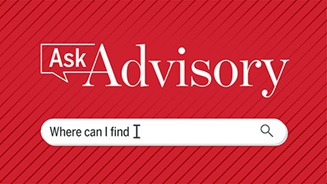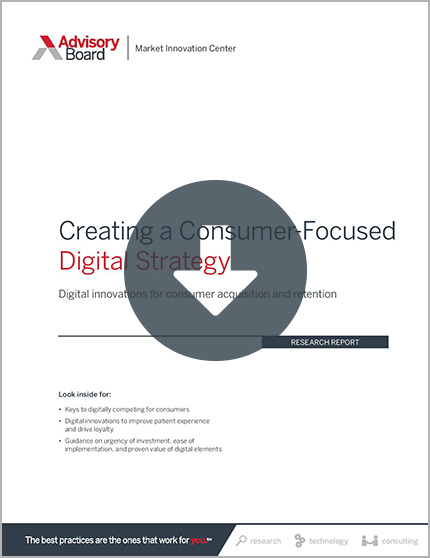Kaiser Permanente Chief Information Officer Dick Daniels recently sat down with the Wall Street Journal's Melanie Evans to discuss how the health system is utilizing the internet for everything from online appointment scheduling to virtual appointments.
Your cheat sheets for understanding emerging technologies in today's digital world
A changing landscape
According to Evans, Kaiser's virtual interactions with patients rose from 56% in 2015 to 59% last year, growing from 113 million virtual interactions to 131 million.
Daniels said the health care landscape has changed significantly in the past five years, with a major shift toward individualized care. "Over five years ago, we were primarily interacting with businesses or commercial customers," he said, but "[w]ith the Affordable Care Act, we began to have more individual consumers coming directly to us."
The types of patients Kaiser treated wasn't the only change: Kaiser also observed changes in the way patients were connecting with the health system, according to Daniels. For instance, Daniels said Kaiser noticed its mobile site was driving more traffic but, at the time, the site "wasn't a good experience" on mobile devices.
Kaiser takes to the internet to respond
Kaiser ultimately created a mobile app and has seen a significant increase in mobile traffic, with more than 65% of site users coming from mobile devices, according to Daniels. Now, patients can connect to Kaiser's website through either their computers or mobile devices to order prescription refills, schedule appointments, and get lab results, Evans writes.
Kaiser also has increased its use of virtual appointments, Daniels said. Kaiser members can contact Kaiser's clinical call centers, email their physicians, and have video appointments with providers at no extra cost. "We want to encourage our members to engage with us to promote their health—that leads to better outcomes for all, including the health of our members and the associated costs to our organization," said Daniels.
According to Daniels, video appointments have been particularly useful for follow-up visits. "A patient may have come in for a procedure, the doctor wants to see them two weeks later, and in many cases for a follow-up visit the video appointment works very well," he said. However, he added that Kaiser is still "sorting it out a bit … in the area of behavioral health, psychiatry, or psychology." While video appointments work well enough "[i]n some cases," Daniels said, in others, "the doctor may want the patient to actually come in."
Video appointment usage also "varies by region," Daniels said, noting that there's a "very serious uptake" in Northern California and a "good takeup" in Hawaii.
Other technological advances
Kaiser also has created a "next-generation medical office building," which Daniels said could be something the health system starts to use within the next five years. These building enables patients to check in online for appointments and complete any forms or questionnaires that need to be done "before they physically show up" for their visits, Daniels said. If a member's doctor prescribes him or her medication, he or she can choose to receive a text when the prescription is ready to be picked up, Daniels said.
Some of Kaiser's newer hospitals have adopted new technology to improve inpatient care. For instance, there's now a digital panel on the outside door of each patient room, which gives a physician the patient's name and certain information before walking in the door. The rooms also feature a screen that allows patients to complete a variety of tasks, like "get health education, order their meals, watch on-demand movies, and … even do some videoconferencing," Daniels said. "If the doctor or the nurse wants to do a videoconference with a specialist, they can do that right from their same screen."
Kaiser also has begun equipping all nurses and physicians with mobile devices so they have the ability to access information right away. "This really equips them so they are not always looking for a computer to sit down and access information," Daniels said. However, he added that implementing this technology into "a workflow of evidence-based practices" has been a challenge. "Like most change, this takes time to learn and adjust, which can be a challenge for a busy caregiver," he said (Evans, Wall Street Journal, 5/28).
Your cheat sheets for understanding emerging technologies in today's digital world
Download our cheat sheets to brush up on new and emerging technologies in today's digital world. Check out our guides for these topics and more:
Don't miss out on the latest Advisory Board insights
Create your free account to access 1 resource, including the latest research and webinars.
Want access without creating an account?
You have 1 free members-only resource remaining this month.
1 free members-only resources remaining
1 free members-only resources remaining
You've reached your limit of free insights
Become a member to access all of Advisory Board's resources, events, and experts
Never miss out on the latest innovative health care content tailored to you.
Benefits include:
You've reached your limit of free insights



